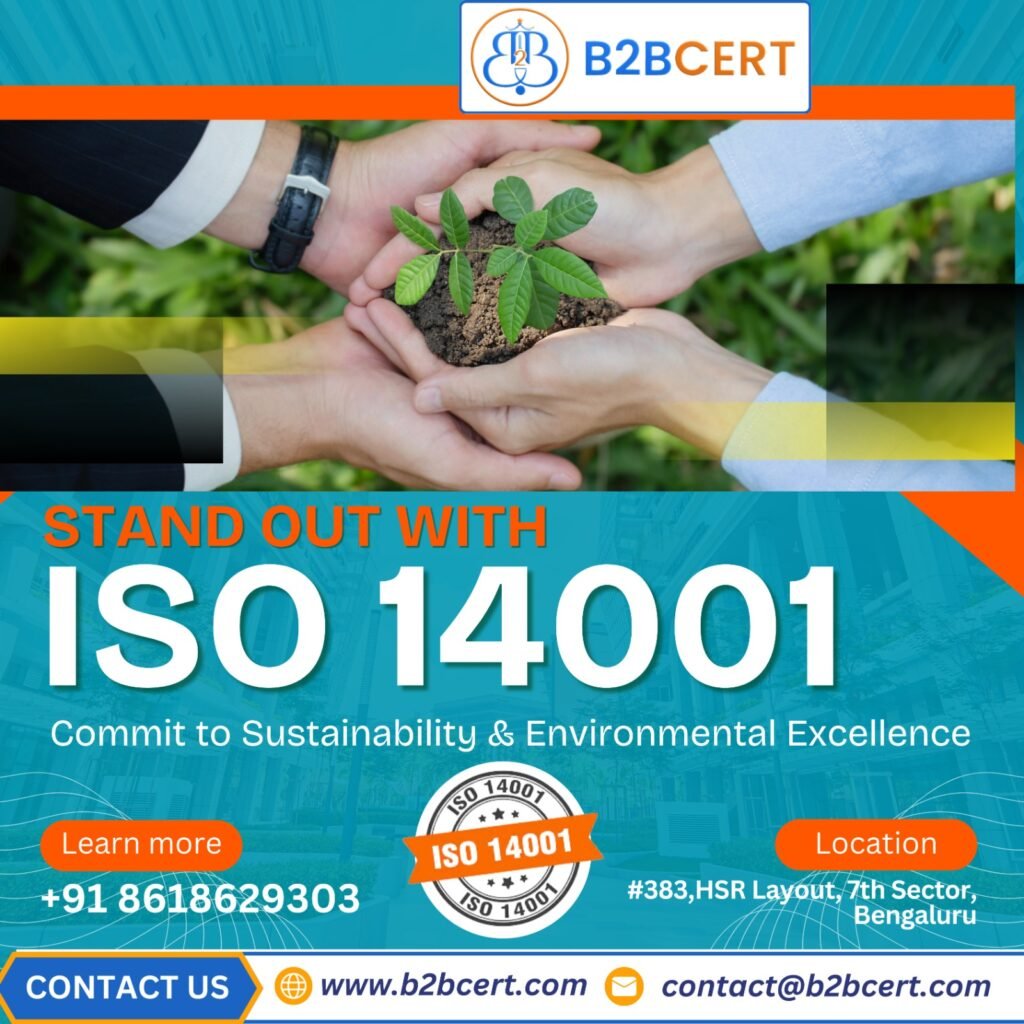Effective communication of environmental aspects is a critical component of any Environmental Management System (EMS), especially for organizations pursuing or maintaining ISO 14001 Certification in Bangalore. ISO 14001, the international standard for EMS, emphasizes transparency, employee engagement, and external stakeholder communication as key drivers of environmental performance.
What Are Environmental Aspects?
Environmental aspects refer to elements of an organization’s activities, products, or services that interact with the environment. These can include energy usage, waste generation, emissions, resource consumption, and water usage. Identifying and understanding these aspects is essential for reducing environmental impact and ensuring compliance with legal and regulatory requirements.
Internal Communication of Environmental Aspects
Internal communication is essential to foster awareness, responsibility, and action among employees at all levels. Here’s how organizations typically manage this:
1. Training and Awareness Programs
Employees must understand how their roles relate to environmental impacts. Regular training sessions and onboarding programs help embed environmental values into company culture. Many organizations that utilize ISO 14001 Consultants in Bangalore design tailored training sessions to raise awareness about critical environmental aspects specific to their operations.
2. Internal Bulletins and Notice Boards
Posting updates on EMS performance, changes in environmental policy, or new environmental goals on internal portals, email newsletters, and bulletin boards keeps everyone informed. It also reinforces commitment to sustainability.
3. Team Meetings and Toolbox Talks
Departmental meetings are excellent platforms for discussing site-specific environmental issues, such as handling hazardous materials, reducing energy consumption, or improving waste segregation. Periodic toolbox talks offer quick refreshers on key topics.
4. Suggestion Schemes and Feedback Channels
Establishing open feedback channels or suggestion boxes encourages employees to report environmental concerns or propose improvements, enhancing participation and engagement.
External Communication of Environmental Aspects
Transparency with external stakeholders—customers, regulators, communities, and suppliers—is just as crucial. Here’s how companies ensure effective external communication:
1. Environmental Policy and Reports
Publishing an environmental policy on the company’s website is a basic requirement under ISO 14001. Many businesses also release sustainability or environmental performance reports annually, showcasing initiatives and progress. Organizations seeking ISO 14001 Services in Bangalore often receive support in drafting and formatting these documents professionally.
2. Public Consultations and Community Engagement
Engaging with local communities through awareness campaigns, open houses, or feedback forums builds trust and demonstrates social responsibility. It also helps identify environmental concerns from a public perspective.
3. Customer and Supplier Communication
Sharing environmental policies with suppliers and encouraging them to adopt similar practices ensures consistency across the supply chain. Customers are increasingly interested in sustainable practices, and communicating your green initiatives can enhance brand reputation.
4. Regulatory Disclosures
Communication with regulators must be timely and accurate. This includes submitting environmental impact assessments, compliance reports, and incident disclosures. Leveraging expertise from ISO 14001 Consultants in Bangalore ensures that these processes align with local legal requirements.
Role of ISO 14001 in Enhancing Communication
ISO 14001 provides a structured approach to managing environmental communication. Clause 7.4 of the ISO 14001:2015 standard specifically requires organizations to:
-
Determine what to communicate, when, with whom, and how.
-
Ensure consistent and reliable messaging.
-
Document and maintain communication procedures.
Whether it’s internal briefings or external reporting, an ISO 14001-certified EMS ensures that environmental aspects are communicated effectively and responsibly.
Conclusion
Clear and consistent communication of environmental aspects—internally and externally—is fundamental to a successful EMS. It not only drives environmental performance but also builds a culture of sustainability and accountability.
If your organization is looking to improve its environmental communication strategies, pursuing ISO 14001 Certification in Bangalore is a strategic move. With expert guidance from ISO 14001 Consultants in Bangalore and comprehensive ISO 14001 Services in Bangalore, you can align your environmental objectives with global best practices and local compliance requirements.
For professional support in your ISO 14001 journey, get in touch with experienced consultants who can help streamline your communication processes and enhance your environmental impact.







